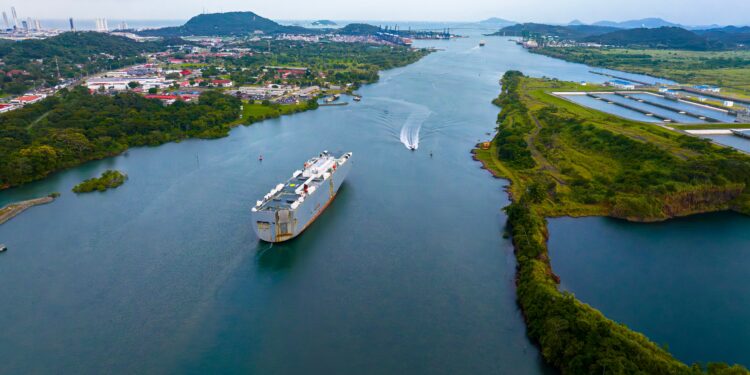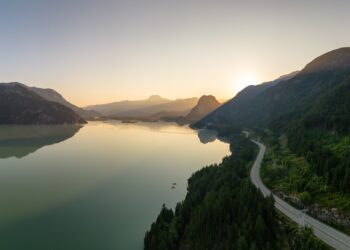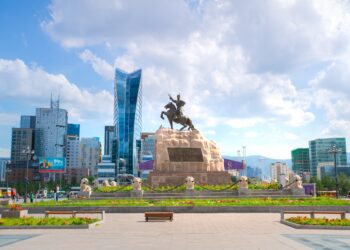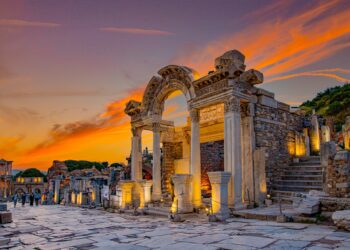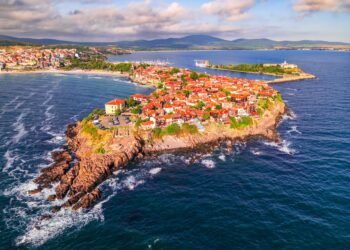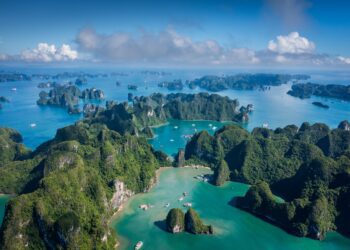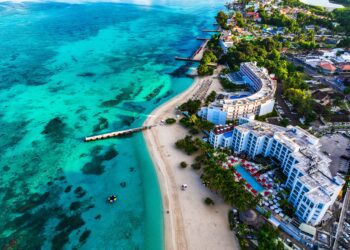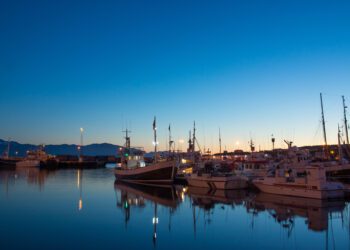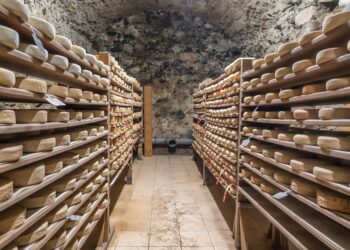Since construction first began in the 19th century, the canal has captivated the world, pushing the boundaries of what is possible, overcoming international political tension and revolutionizing transport.
Perhaps the most famous critical infrastructure in modern times, the canal has become a major bucket-list item for travelers, with tourism to the waterway surging in recent years as Panama has expanded efforts to encourage visitors.
Many looking for a quick and fun boating experience through the jungle or a peek at immense metal machinery instead find themselves educated on a checkered, dramatic history that is inextricable from the history of the Americas.
“It was a megaproject of engineering that changed the world with the help and the hands and the sweat and the blood of thousands of people of 97 nationalities that came together on this very small isthmus,” said Ana Elizabeth González, executive director and chief curator of the Panama Canal Museum, highlighting the diverse group of workers who flooded into Panama to help with construction.
“We’re the bridge of the world but also the heart of the universe, being such a small, central place and a place of international connection.”
Around 820,000 visitors came to Miraflores, the canal’s main visitor center, to see maritime trade happen in front of their eyes in 2024, according to González, with thousands more taking tours along the water or to other spots along the canal route. That number is set to rise, according to the Panama Canal Authority (ACP), with Americans making up the largest chunk of visitors.
Why is it so important?
Roughly 5% of all global trade flows through the canal’s 50-mile (80-kilometer) stretch each year, with the largest chunk being cargo heading between the East Coast of the United States and Asia. About 40% of all US containers go through it, and more than 70% of the canal’s cargo is headed either to or from America.
Run by the ACP, an autonomous government entity, the aquatic highway connects 170 countries via 1,920 ports.
Before its opening in 1914, boats looking to cross between the Atlantic and Pacific had to sail below South America, heading around Cape Horn at the tip of Chilean Patagonia in an extremely dangerous and time-consuming journey. That passage killed an estimated 10,000 seamen from the time Dutch sailors first navigated it in 1616 up to the opening of the Panamanian route.
And then came the canal.
“The Land Divided, The World United” was the slogan once appearing on the seal of the waterway. The canal’s ocean-bridging mechanism has served over 815,000 vessels since its opening and reduced ship travel time by a whopping five months and distance by 8,000 miles (12,875 kilometers).
The canal you see today is an upgraded version of the original, as the waterway underwent a multibillion-dollar expansion finished in 2016 to accommodate NeoPanamax vessels, the supersized container ships and bulk carriers unheard of in the early 1900s but now increasingly common on the high seas.
A lock system helps all ships cross between the oceans, from a small ship to a major cargo vessel. To ensure smooth sailing through the complex system, captains are required to surrender control to one of the ACP’s pilots for the journey of eight to 10 hours.
The passage has become nearly synonymous with Panama and is the nation’s economic crown jewel. In 2024, the canal’s revenue stood around $5 billion, contributing nearly 8% of the total annual GDP, according to a study from IDB Invest.
“The canal basically is our gold,” said Luis Pinto Rios, a tour guide for Panama Canal Tours.

